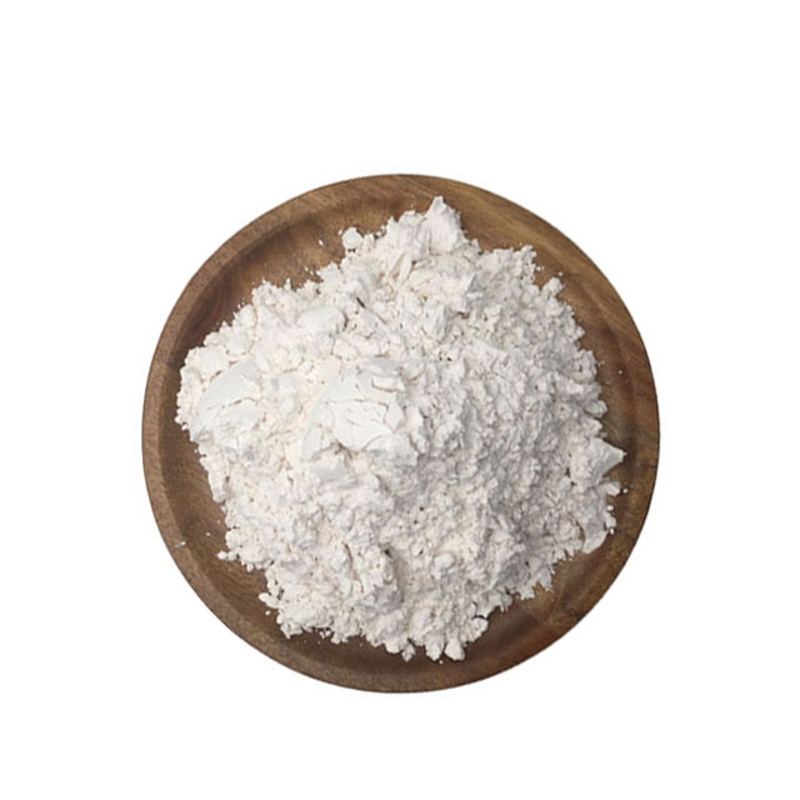-
Categories
-
Pharmaceutical Intermediates
-
Active Pharmaceutical Ingredients
-
Food Additives
- Industrial Coatings
- Agrochemicals
- Dyes and Pigments
- Surfactant
- Flavors and Fragrances
- Chemical Reagents
- Catalyst and Auxiliary
- Natural Products
- Inorganic Chemistry
-
Organic Chemistry
-
Biochemical Engineering
- Analytical Chemistry
- Cosmetic Ingredient
-
Pharmaceutical Intermediates
Promotion
ECHEMI Mall
Wholesale
Weekly Price
Exhibition
News
-
Trade Service
Circulatory tumor DNA (ctDNA) testing or licensing provides real-time assessment of the genomic spectrum of advanced cancer without the need for repeated tumor biopsies.
study aims to assess the accuracy of ctDNA testing in assessing advanced breast cancer and the ability of ctDNA testing to screen patients suitable for mutation-targeted treatment.
study was a multicenter, open Phase 2a trial that recruited patients with histologically diagnosed advanced breast cancer over the age of 18.
requires patients to have received at least one treatment for advanced breast cancer or to relapse within 12 months of new assisted/assisted chemotherapy.
the patients were divided into four parallel treatment groups that matched the mutations in ctDNA: Group A, ESR1 mutations (using fluovis group 500 mg, muscle injection); Group C, AKT1 mutation and estrogen-positive (capivasertib 400 mg, oral, combined standard dose of fluorovis group) group ;D, AKT1 mutation and estrogen-like negative or PTEN mutation (capivasertib 480 mg, oral).
end point is the objective mitigation rate.
(Mutation of her2 gene in Group B patients) December 21, 2016 - April 26, 2019, 1,051 patients were screened, 1,034 of whom had ctDNA data.
consistency of ctDNA digital PCR and targeted sequencing is as high as 96%-99%.
sensitivity of digital PCR ctDNA sequencing detection mutations was 93%, and the sensitivity of biopsy tissue was 98%.
14.4 months in all queues.
groups B and C met or exceeded the target mitigations, with mitigation rates of 25 per cent (5/20) and 22 per cent (4/18), respectively.
groups A and D did not meet the target mitigation cases, the mitigation rate was 8% (6/74) and 11% (2/19), respectively.
most common level 3-4 adverse reactions were gamma-glutamine transferase (16%, group A), diarrhea (25%, group B), fatigue (22%, group C) and red rash (26%, group D).
17 severe adverse reactions occurred in 11 patients and 1 treatment-related death (group C) caused by stage 4 breathing difficulties.
ctDNA testing provides accurate and rapid genotype identification to help breast cancer patients choose mutation-targeted therapies that are clinically effective enough to be used in everyday clinical practice.
rare mutations targeting HER2 and AKT1 show clinically relevant activity, suggesting that these mutations may be targeted for breast cancer treatment.
.







